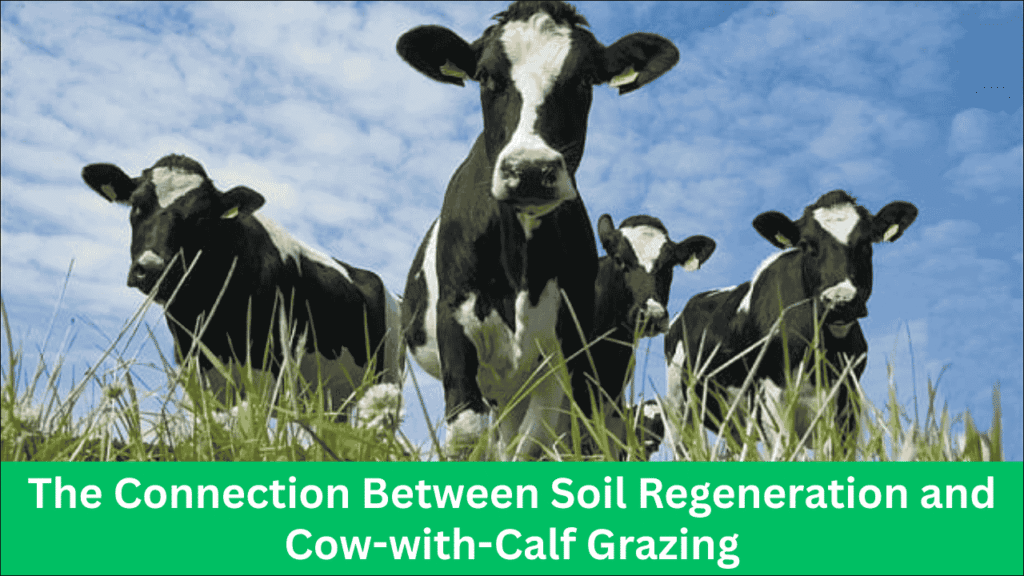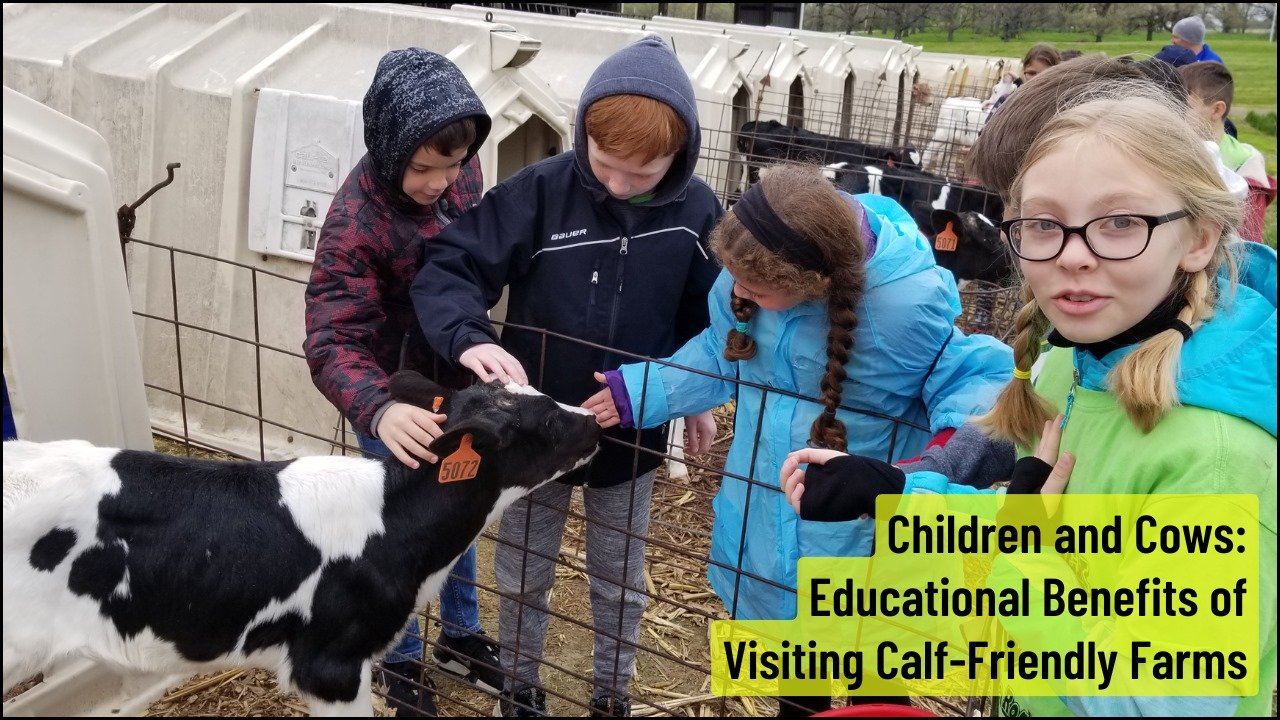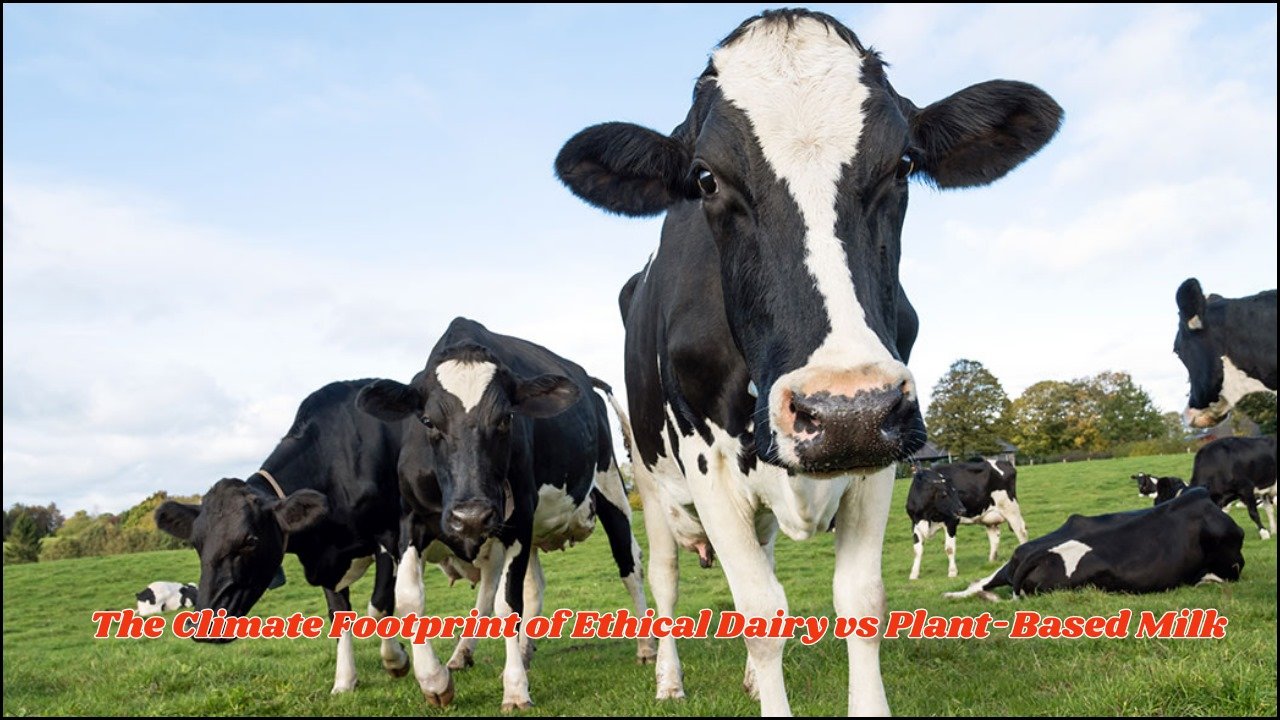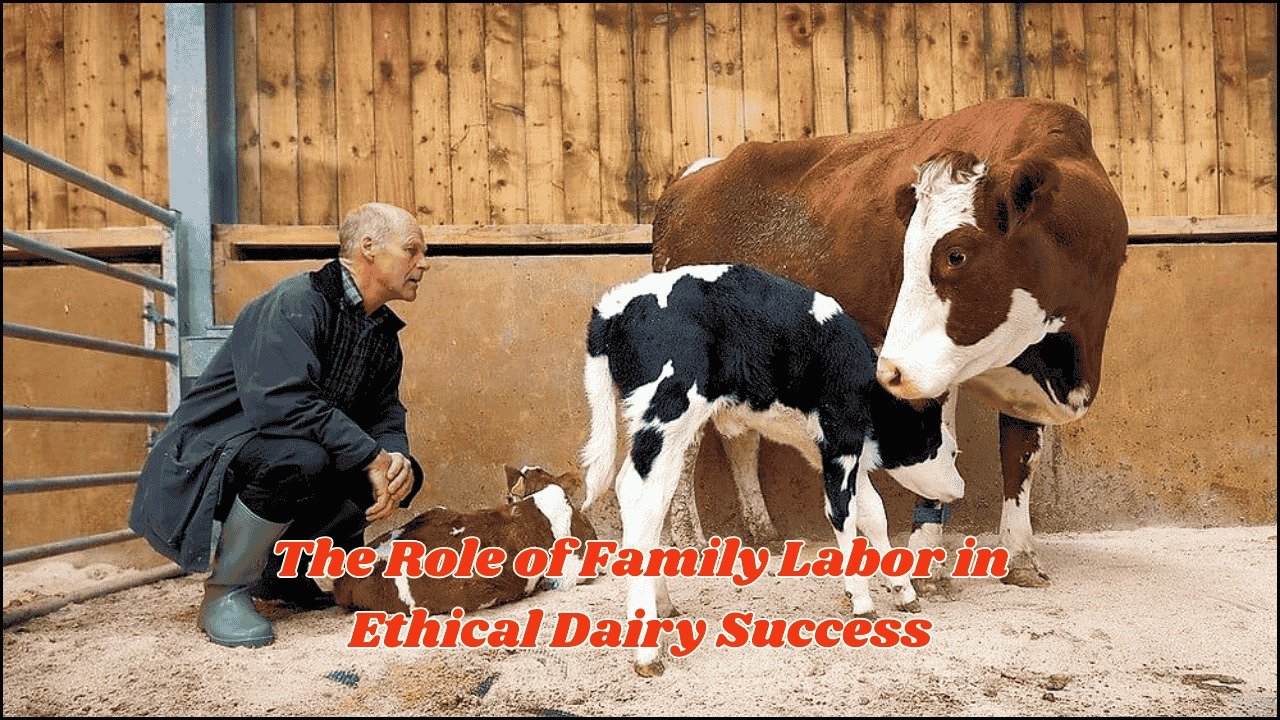
Rotational grazing is emerging as a cornerstone practice in welfare-led dairy systems, particularly those adopting a cow-with-calf model. Beyond its animal welfare benefits, this approach has a profound impact on soil health, structure, and fertility. Farmers worldwide are recognising the value of combining ethical livestock care with sustainable land management, ensuring both productivity and environmental resilience.
Table of Contents
How Rotational Grazing Works
In rotational grazing, dairy pastures are divided into smaller sections, or paddocks. Cows and calves are moved regularly between these paddocks, allowing grazed areas to rest and recover. This rest period encourages diverse plant regrowth, protects root systems, and improves organic matter in the soil.
Unlike continuous grazing, where cattle have unrestricted access to the same pasture, rotational systems avoid overgrazing and soil compaction. This means the soil retains its structure and water infiltration capacity, essential for long-term productivity.
Overview
| Aspect | Cow-with-Calf Rotational Grazing | Continuous Grazing |
|---|---|---|
| Soil Structure | Improved aeration, reduced compaction | Higher compaction risk |
| Fertility | Even manure distribution, organic matter build-up | Uneven nutrient spread |
| Biodiversity | Greater plant and insect variety | Limited species diversity |
| Water Retention | Higher due to improved organic matter | Lower retention, more runoff |
| Animal Welfare | Calves stay with mothers, natural behaviour | Calves separated early |
Impact on Soil Structure
Healthy soil has a crumbly texture, rich with organic matter and microorganisms. In cow-with-calf systems, the natural grazing and trampling patterns of cows help incorporate organic material into the soil surface. Calves grazing alongside mothers also spread their grazing pressure more evenly, reducing concentrated damage in specific areas.
Rotational grazing prevents bare patches, reducing erosion risks and improving soil aeration. In turn, this supports beneficial soil life, from earthworms to nitrogen-fixing bacteria, which contribute to nutrient cycling.
Boosting Soil Fertility
Animal manure is a natural fertiliser, returning nutrients to the ground in an organic, slow-release form. When cows and calves move systematically between paddocks, manure is distributed more evenly, avoiding nutrient overload in any single spot.
The increased organic matter not only enhances fertility but also boosts the soil’s water-holding capacity. This is critical in mitigating the effects of both drought and heavy rainfall events, making farms more climate-resilient.
Enhancing Biodiversity
Rotational grazing encourages a variety of pasture species to thrive. Diverse plant life supports more insect and bird species, which in turn help pollination and pest control. Over time, this creates a healthier, more self-sustaining farm ecosystem.
In welfare-led dairies, where the focus is not solely on maximum milk production, biodiversity is valued as an asset, ensuring ecological stability and healthier grazing options for cattle.
Benefits
The cow-with-calf grazing model offers a win–win scenario:
- Animal Welfare: Calves stay with mothers, benefiting from natural milk feeding and social bonding.
- Soil Health: Improved fertility, structure, and microbial diversity.
- Long-Term Productivity: Resilient pastures reduce input costs and support sustainable yields.
While transitioning to rotational grazing requires planning, fencing investment, and monitoring, the long-term returns are significant—both financially and environmentally.
FAQs
Q1: How often should cows be moved in a rotational grazing system?
A = Typically, cows are moved every 1–3 days, but timing depends on pasture growth rates and seasonal conditions.
Q2: Can rotational grazing work on small farms?
A = Yes, even small farms can divide land into paddocks using temporary fencing, making it a scalable system.
Q3: Does rotational grazing require more labour?
A = It may require more frequent movement of livestock, but the improved pasture productivity and reduced feed costs often outweigh the extra effort.





